The Skinny on... Nuts and Seeds
“Nuts” is one four-letter word we don’t have to avoid. Here’s what to know about choosing, storing and enjoying them.
From almonds to walnuts, and so many in between, nuts (and seeds) pack a nutritious and delicious punch.
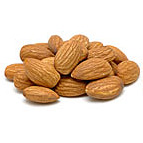
Almonds
Available blanched, roasted, sliced, whole, chopped and more, this nut is a great choice for sweet and savory cooking. It’s also plenty nutritious, with a good dose of protein, calcium, folic acid and vitamin E.
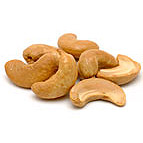
Cashews
Related to the mango, pistachio and poison ivy. The shells are poisonous, so extreme care is taken in shelling and cleaning these rich, buttery nuts. Full of protein, vitamin A and carbohydrates.
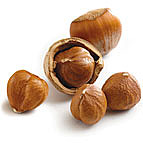
Hazelnut
Also known as the filbert, this favorite nut for baking is also great paired with vegetables in savory dishes. Low in fat (for a nut) but high in fiber, potassium, calcium and vitamin E. Also great as a nut butter.
Macadamia
Because of its very hard shell, this nut is usually sold shelled, either roasted or raw, and is quite expensive. Simultaneously creamy and crunchy. Low in carbs but high in fat and calcium.
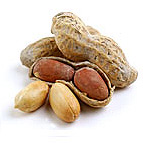
Peanut
Available in the shell or out, salted or not, peanuts are not actually nuts at all, but legumes. They’re low in carbs but high in fat, vitamins B and E and protein.
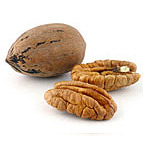
Pecan
Available year-round, autumn is the peak season for this native American nut. It’s part of the hickory family and has buttery, rich nutmeat. Some say the flavor is akin to the walnut’s, but sweeter. High in fat, calcium, zinc and vitamins A, B and E.
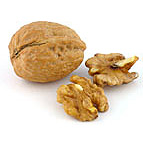
Walnut
Though English walnuts are the most common variety, there are many others, including some with very thin shells and others that range in size from large to baby. High in fat, potassium, magnesium, protein and vitamin E. For optimal freshness, leave them in their shells until ready to use.
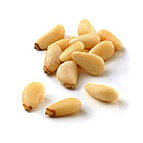
Pine Nut
The seeds from pine trees. And because the seeds are found inside the pine cone, the extraction process is rather involved and results in the often high price of these nuts. Also called pignoli, they’re protein-rich and a key ingredient in pesto.
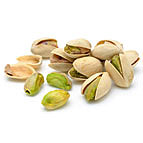
Pistachio
Inside its hard, beige shell is a pale-green nut with a delicate, sweet flavor that’s prized in cuisines the world over. At home in both sweet and savory cooking, the pistachio is also a good source of calcium and iron.
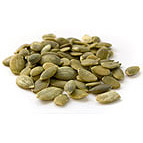
Pumpkin Seeds
Also called pepitas, these seeds are a frequent ingredient in Mexican cooking and work well in both sweet and savory cooking. Roasted and lightly salted, the seeds have a delicate, slightly sweet flavor. Rich in protein, zinc and iron.
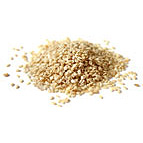
Sesame Seeds
Tiny, flat and in colors ranging from ivory to black, these seeds are great in both sweet and savory dishes. They can be turned into a paste — tahini — which is a main ingredient in hummus. And the toasted seeds become a flavorful finishing oil (imparting a distinctly Asian flavor). Good source of protein and calcium.
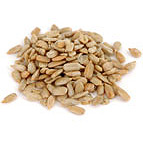
Sunflower Seeds
Enjoy these delicious seeds dried or roasted, salted or not. Just be sure to remove their hard black-and-white striped shells before eating. Native Americans have been cultivating the iron-rich seeds for more than 2,000 years.